At a glance
Rural and regional Australia stands at a crossroads. With our clear natural advantages, a history of world-class research and innovation, and talented people, we have a once in a generation opportunity to build a future of resilience, opportunity and sustainable growth.
Regional Australia is responsible for about 40 per cent of the nation’s economic output and provides jobs for around one third of Australia’s workforce. It is the backbone of Australian agriculture, which seeks to grow from a value of around $60 billion to $100 billion over the next decade.
Drawing on the power and experience of farming communities, Australia can emerge as a global leader becoming a renewable energy superpower, maintaining and improving agricultural productivity, assuring food security while exploring new opportunities. We can accelerate large-scale investment in landscape repair, build adaptable, resilient communities, and cut emissions.
Enter Regional Horizons. This five-year $1.8 billion program creates new opportunities for jobs and industries, while building a climate-smart rural and regional Australia. It builds on existing successes, networks and investments and provides policy integration and certainty, making possible private, public and community led innovation.
Regional Horizons is underpinned by four core areas of work:
- The development and delivery of the National Climate Change and Agriculture Work Plan, which all state and federal Agriculture Ministers have already agreed to. Done well, the plan could play an important role coordinating efforts to promote climate-smart agriculture and build regional resilience to drought, fire and other mounting risks
- A new Land and Environment Investment Fund (LEIF), working from the successful Clean Energy Finance Corporation (CEFC), to support innovation, attract large-scale investment, reward ecosystem services, and promote climate solutions and resilience on the land.
- A Regional Resilience Hub Network, to strengthen and diversify existing learning networks, encourage innovation, and empower regional communities with choices in a changing climate.
- A Regional Energy Transition Program, to promote and support community-based, clean energy developments, and modernise and decentralise power grids.
Are you a farmer who wants to do more to promote an economic recovery centred on regional Australia?
The results
Regional Horizons will help to deliver:
- A regional boom as new industries flourish, creating tens of thousands of new, well-paying jobs, and attracting new people and fresh talent to rural areas, with flow-on benefits for whole communities
- Prudent investment in climate-smart farms, doing more and better with less environmental impact, and regenerating natural and social capital. Resource use is highly efficient, with more and more farms having added clean energy to their portfolios
- A thriving landscape carbon industry, generating up to $10.4 billion in revenue and up to 15,750 jobs by 2030. Carbon storage in trees and soil is emerging as a significant new export industry and another income stream for many farmers.
- Greater farmer resilience, farm performance and efficiency, better enabling them to weather a changing climate
As the new decade dawned, Australia and the world looked on as a wall of flames encircled and then engulfed the township of Mallacoota. Following severe drought, the fire season had begun shockingly early. By Christmas, large swathes of the east coast were on fire, burning until rain brought relief in February. What’s more, the challenges facing rural Australia were also felt in the major cities, as smoke from the bush suddenly shrouded Australia’s major centres. Fast forward to June 2020, and COVID-19 has led to a world in upheaval. Throughout the unfolding of this crisis our political leaders have led with prudence and conviction, listening to the science and working together.
2020 has made us sit up and really think hard on some critical questions, like:
- What is agriculture’s role in helping Australia recover from the economic fallout of COVID-19? How do we rebuild, stronger than before?
- How do we quickly create new clean, secure jobs and investment in rural and regional Australia—serving both our immediate and long-range goals for sustainable growth?
- How do we set up Australian agriculture and rural communities to take advantage of a post-pandemic world? As investors and markets, alert as never before, better price in climate and other risks, how well placed is the Australian agri-food sector?
- Are our major infrastructure investments and other taxpayer-funded subsidies geared with fairness, long-term adaptability, and sustainability in mind? Are they setting us up for a new global era reshaped by, and acutely aware of, pandemics, climate change, and other big risks and shocks?
With clear natural advantages, a healthy credit rating, a history of world-class research and innovation, a rare national unity, and talented people, this is Australia’s moment. This is a once in a generation opportunity to build a future of resilience, opportunity and sustainable growth.
As with COVID-19, Australia can emerge a global leader, becoming a renewable energy superpower; maintaining and improving agricultural productivity; assuring food security while exploring new opportunities; driving large-scale investment in landscape repair; building adaptive, resilient communities; and cutting emissions.
A platform for transformation
The fires and pandemic have reminded Australians of the power of community, the value of science and a strong public service, and the importance of resilient food systems. After decades of a relentless quest for efficiency; now is the time to invest in our resilience: to ensure that our communities and essential industries stay strong and government processes are transparent, accountable and are actively addressing our critical challenges.
It’s time for Australia to step up. Time to protect our clean, green reputation and seize our natural advantage. Time to proactively integrate and manage climate risk: knowing that agricultural productivity, natural resources, health and community are all intrinsically linked. As the firies say, the best time to get ready was yesterday; the next-best time is today. Delay is not an option. Now is our moment.
The Regional Horizons program combines targeted, transitional and transformational reforms with strategic investments to create new opportunities to ensure a sustainable, climate-smart rural and regional Australia. By building on existing successes, networks and investments and providing policy integration, certainty and coherence – the Regional Horizons 2030 program will enable private, public and community led innovation.
Regional Horizons is underpinned by four core areas of work.
- A National Climate Change and Agriculture Work Plan already under development. Done well, the plan could play an important role coordinating efforts to promote climate-smart agriculture and build regional resilience to drought, fire and other mounting risks.
- A new Land and Environment Investment Fund (LEIF), working from the successful Clean Energy Finance Corporation (CEFC), to support innovation, attract large-scale investment, reward ecosystem services, and promote climate solutions and resilience on the land.
- A Regional Resilience Hub Network to strengthen and diversify existing learning networks, encourage innovation, and empower regional communities with choices in a changing climate.
- A Regional Energy Transition Program, to promote and support community-based, clean energy developments, and modernise and decentralise power grids.
”The Farmers for Climate Action Regional Horizons plan provides me with hope. As someone who has lived in regional Australia for most of my life, I see it as a document which provides the broad outlook that is needed to make the changes that will enable us to develop the resilient society we need: one which is filled with hope, opportunity, equity and justice. It fosters the creation of truly sustainable communities that will be able to deal with the impact of climate change. They will thrive if they are able to access knowledge, technology, wisdom and opportunity.
Dorothy HendersonEsperance farmer and Farmers for Climate Action supporter
2030: Two possible futures
Our climate change trajectory to 2030 is already locked in. Our capacity to cope and adapt, and the extent of the challenges we face in the following decades will be determined by the actions we take today. Below we consider two possible futures—one where we fully grasp the opportunity we face now, and one which we fall back on old ways of doing things.
Scenario 1: An opportunity lost
Global CO2 concentrations have just passed 448 ppm and Australia’s average temperature is now on average 1.5°C hotter than at Federation.
The trillions of dollars spent on the 2020 COVID-19 pandemic are rapidly eclipsed by the rising costs of climate volatility. Property values alone have been reduced by $571 billion as a result of climate change and increasing extreme weather. There is growing concern for agriculture, as cumulative damages to agriculture and labor productivity are on track to reach $4.2trillion by 2100. Looking back, it seems bizarre that Australia emerged from COVID-19 a global leader, yet the Federal Government sought to use the pandemic crisis to obstruct our transition to a low carbon future. Our global leadership and extraordinary shared sense of purpose dissipated as we descended into politicking for short-term gain.
Through a post COVID-19 program to relax environmental regulations for extractive industries, we have accelerated the degradation of some of our prime agricultural land and ignored the critical challenges facing our communities. Australia squandered our moment to reinvigorate our economy for long term health and prosperity. Teenagers coming of age in Moranbah marvel at automation while wondering where the jobs have gone. Out at Broken Hill—even goats are struggling in the heat.
While Australia dithered in 2020, others seized opportunities, using clean energy to cut costs and re-invest in homegrown manufacturing. Our agricultural sector and our farmers, renowned for clean, green produce are increasingly exposed to climate risk, and far from achieving our $100 billion growth target are struggling simply to remain viable.
Beef production across Northern Australia has declined by 19 per cent. Insurance is increasingly a crippling burden and recurrent drought has led to seemingly intractable conflicts over water.

Scenario 2: An opportunity grasped
The COVID-19 pandemic laid the foundations for a bridge across the rural-urban divide Finally, we were on the same page—recognising that a shared understanding of productivity and landscape health was essential for mutual prosperity.
We used this moment to communicate honestly about the challenges, rebuild our adaptive capacity and positive social networks, and sustainably intensify our farming systems: doing more with less, healing our landscapes and revitalising communities. After years of drought and the summer bushfires, our regional communities were hurting, but as a nation we were up to the challenge.
Widespread support for the Regional Horizons program led to:
- A regional boom as new industries flourished, creating tens of thousands of new, well-paying jobs, and attracting new people and fresh talent to rural areas, with flow-on benefits for whole communities.
- Smart investment in climate-smart farms: doing more and better with less environmental impact, and even regenerating natural and social capital. Resource use is highly efficient, with more and more farms having added clean energy to their portfolios.
- A thriving landscape carbon industry: generating up to $10.4 billion in revenue and up to 15,750 jobs by 2030. Carbon storage in trees and soil, and natural capital are emerging as significant new growth industries and another income stream for many farmers and other carbon-savvy land managers, with a swag of added benefits for crop and pasture health, wildlife habitat, and the wellbeing of farming families.
- Improved adaptive capacity. Farmers now focus on strategy, adaptability, flexibility and overall farm performance, as well as efficiency, including the happiness and connectedness of families—enabling them to weather a changing, even more capricious climate.
- Rural communities have diversified economic interests and strong local, national and global connectivity – enabling them manage risks and seize opportunities.
The state of play
Farming is the foundation of Australians’ shared prosperity and our food security, with our food and farming systems forming an indispensable thread in our economy. The agricultural supply chain totals 12 per cent of Australia’s GDP with agriculture alone employing 250,700 Australians.
Farming and allied industries are integral to the fabric of thousands of local communities, and with about 85,000 farm businesses managing more than half the continent, our environmental, social and economic future depends a great deal on the strength and sustainability of Australian agriculture.
Despite this, the inequities facing rural Australians are complex and compounding. Already challenged by digital connectivity, health, infrastructure, migration to urban areas, socio-economic disadvantage, vulnerability to extreme weather events and climate risk, many regional communities have the capability (skills and know-how), but not the capacity (tools and resources) to proactively manage emerging risks.
The land of drought and flooding rains is already seeing more and worse droughts, and heavier, more dangerous downpours, not to mention megafires. Faced with an increasingly capricious climate most Australian farmers are already being forced to do things differently.
The past is no longer a good guide to the future. Business as usual is simply no longer an option.
National Climate Change and Agriculture Work Program
Investment: $500 million
Australian farmers are some of the best in the world, renowned for their ability to cope with a highly variable climate. Climate change, however, is presenting unprecedented challenges, with more frequent and severe droughts, fires, floods and heatwaves. Many on-farm climate solutions already exist but farmers aren’t aware of them, while other strategies show promise but need development.
A fully-funded and implemented National Climate Change and Agriculture Work Program—which all state and federal Agriculture Ministers agreed to support in October 2019—will help farmers continue to feed and clothe the world.
Done well, it can support strong research, development and extension investment, and the right policy signals to navigate climate risks and cut emissions while raising farm performance over decades.
This work must include:
- A National Primary Industries Climate Research, Development and Adoption Program supported by $200 million, over seven years, to build partnerships between farmers, researchers, and other key stakeholders. The program would focus on increasing carbon stocks in agricultural lands, productivity, sustainable and regenerative agriculture, including subsidised assessments for emissions reduction opportunities. It would do so while maintaining productivity and managing biosecurity risks, and sustainable and regenerative agriculture.
- A Regional Horizons Business Leadership scheme of $50m over 5 years, with mentoring for Australian farmers and allied businesses, e.g. insurers, financial advisors, extension professionals, suppliers, etc.
- Renewed, long-term funding of $250 million over 5 years for climate-smart agricultural extension, picking up where the now defunct Carbon Farming Futures program left off, addressing the growing hunger among farmers for independent, evidence-based advice on available ways to reduce emissions, adapt, and raise performance.
The National Climate Change and Agriculture Work Program will deliver:
- More profitable and sustainable farm businesses
- A thriving and innovative agriculture research sector
- Increased investment and more jobs in regional communities
- Cuts to Australia’s emissions profile
- More profitable export industry
”A thriving farming sector will attract and support community built around it ... The National Climate Change and Agriculture Work Program recognises the scope for employment on and around farms, and the benefits a rich, vibrant agriculture-related work force can provide if it is adequately supported by research, and provision of the incentive to adapt and lead as businesses within a community.
Dorothy HendersonEsperance farmer and Farmers for Climate Action supporter
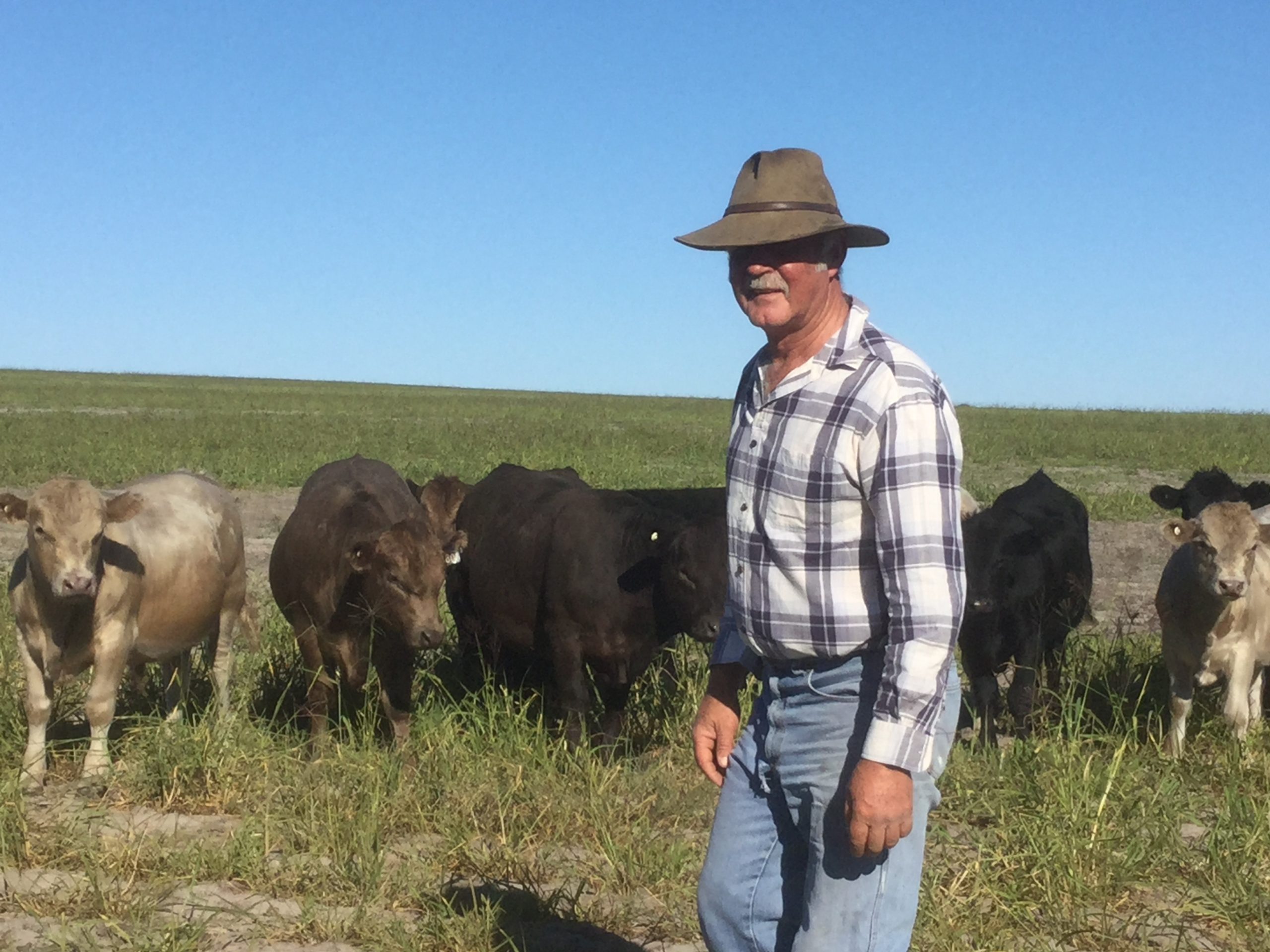
”There is innovation out there, but it’s really difficult to get the research establishment to take up some of these innovations and turn them into realistic outcomes. Funding can be a barrier, simply because of the timeframes required. A National Climate Change and Agriculture Work Program, underpinned by a National Primary Industries Climate Research & Innovation Program, a Regional Horizons Business leadership scheme and renewed long term funding for climate-smart agriculture extension would help to bring like minded people together, fostering collaboration and innovation across between different farmers and also researchers. We need to improve the two-way learning environment to assist adaptation - putting together people from different environments who are thinking along similar lines would be a great way to do this.
Dale ParkBadgingarra farmer and Farmers for Climate Action Board member
”The Regional Horizons Business Leadership Scheme is a good opportunity to accelerate a positive response to climate change by our industry. The science is compelling but there is still a gap in knowledge through most parts our industry and targeting leaders is a very good approach to extend key message and build climate literacy and from this build action.
Simon WallworkCorrigin farmer and Farmers for Climate Action supporter
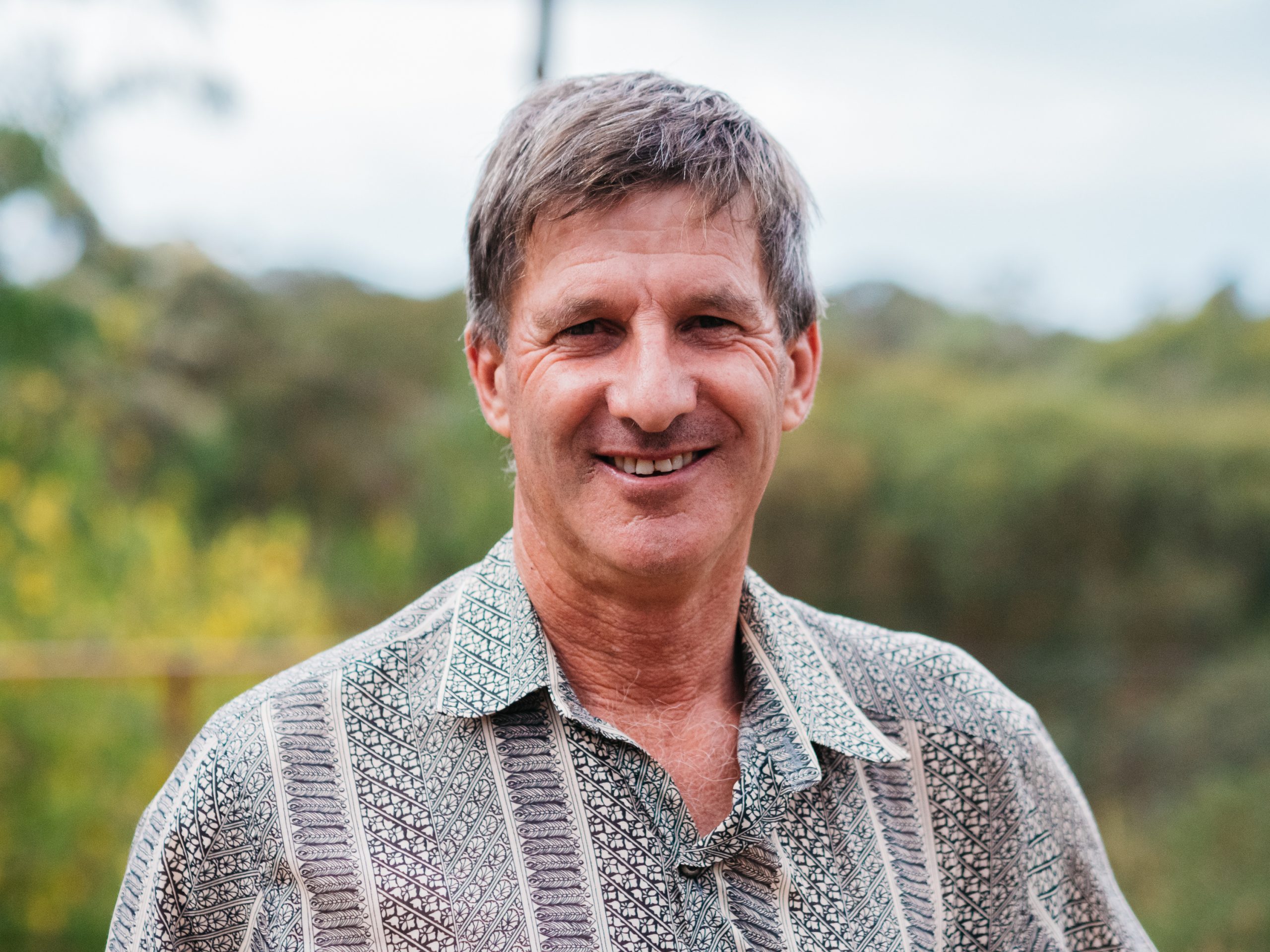
”As a farming business we are very mindful of the inevitable impact that both the changing climate and the regulatory changes coming to combat further climate change will have on our business and lives. The National Climate Change and Agricultural Work Program would be a great asset for farmers like us, hungry for information and incentives to help guide and assist our aims at being mainstream suppliers of low carbon salads.
Andrew YoungWemen farmer and Farmers for Climate Action supporter
Land and Environment Investment Fund
Investment: $1 billion
The Clean Energy Finance Corporation has invested more than $260 million in the agriculture sector over the last five years to increase the use of clean energy by the sector.
This investment has led to clear benefits, including the development of clean, cost-effective energy infrastructure, new business opportunities and industry guidance on energy efficiency
Focused on long-term, strategic investments, a Land and Environment Investment Fund would reduce commercial risk, making emission reduction and environmentally positive projects more attractive to both landholders and investors.
Embedded in the regions via a ‘regional shopfront’ model, the Fund’s market-savvy staff would broker partnerships between farmers, communities and investors, linking innovative, climate-smart agriculture and landscape repair projects to investment capital. Following the CEFC model would ensure the Fund’s successful—and speedy—establishment.
This work must include:
- Collaboration with the rural research and development corporations, universities, co-operative research centres, and others researching and developing commercial, environmentally positive projects and industries, along the same lines of the CEFC and ARENA collaborations on clean energy technologies
- Expanded loan and investment opportunities for climate-ready land managers, including with new tools that allow banks, superannuation firms, and others to confidently value the natural capital of a project or property
- Financial incentives for farmers to build and maintain carbon stocks in soils, wildlife habitat, and farm forestry
- The introduction of a Revenue Contingent Loan Scheme to reduce risk in financing the restoration of degraded or degrading areas, and to support farmers to manage drought risk; including maintaining natural capital during drought periods
A Land and Environment Investment Fund will deliver:
- Secure jobs in rural and regional Australia
- Diversified farm incomes
- New revenue flowing into regional communities, particularly during drought or in the aftermath of extreme weather
- Positive environmental outcomes
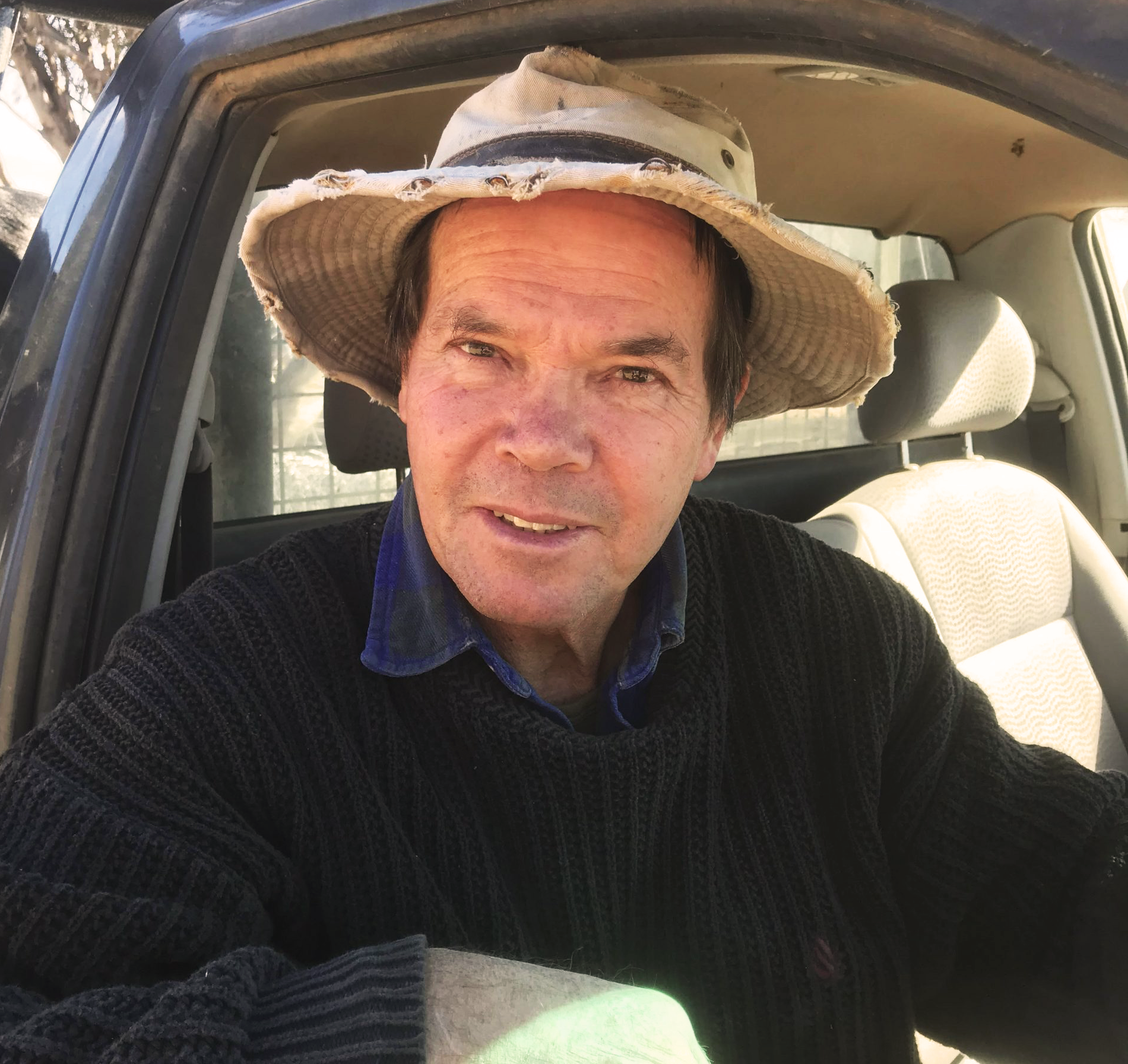
”We have 160 hectares under contract to the NSW Biodiversity Conservation Fund which we manage according to their guidelines for the purpose of preserving the biodiversity of the land and still earning us a return. The arrangement is in its early stages but is working well despite the extreme drought. Investment in research, biodiversity conservation and carbon sequestration are critical to our future.
Rob LeeLarras Lee farmer and Farmers for Climate Action supporter
”Farmers can be an important part of the solution in terms of carbon sequestration and assist other higher emitting industries with like oil and gas to offset their emissions. We will be more motivated to participate in carbon farming, planting trees in particular, if there is a fair and equitable financial recognition for doing so.
Simon WallworkCorrigin farmer and Farmers for Climate Action supporter
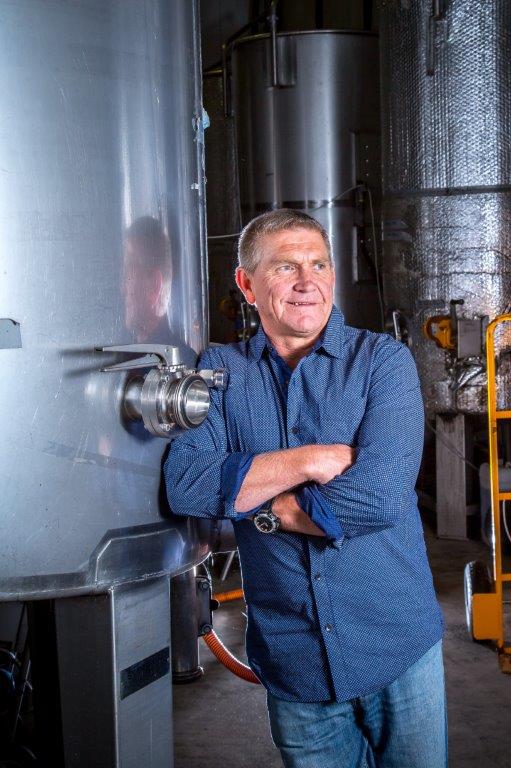
”More support in the loaning sector will encourage not only personal stability it will deliver a sense of financial support required to carry the farmer through unexpected challenges as they arrive. Building and working with mother nature, increasing carbon soil activity and encouraging wetlands for nature reserve will deliver viable micro climates within the landscapes of regional farming areas as this is vital for longevity in agriculture.
Mike HayesGranite Belt winemaker and Farmers for Climate Action supporter
”The establishment of this fund will provide regional communities with a path towards protection, regeneration and repair of their landscapes. Environmental stewardship in Australia has been hampered, despite the positive qualities of the Landcare movement, by inconsistent funding and the lack of access to finance. Without a financial value attached to environmental work, rightly or wrongly, the benefits of truly sustainable farming are not realised. The proposed fund and other initiatives work towards providing certainty at a time when funding for projects that care for country is restricted by budgets, politics and economic priorities. Healthy landscapes are home to healthy, resilient and strong communities. An often unrecognised benefit of a strong land care/environment sector is the employment it provides, with scientists and researchers involved in projects bringing a different dimension to the demographics of a community, and broadening the perspective when it comes to issues like climate change and environmental protection.
Dorothy HendersonEsperance farmer and Farmers for Climate Action supporter
A Regional Resilience Hub Network
Investment: $100 million
Resilience can be thought of as the ability of individuals, communities, organisations, or whole countries exposed to crises to anticipate and respond to both adversity and opportunity without losing track of their long-term goals.
A thriving, decentralised Regional Resilience Hub Network would strengthen and diversify existing learning networks, encourage innovation, and empower regional communities with choices in a changing climate.
The Hub Network would work with rural and regional communities to help ready them for climate volatility and other risks and shocks.
It would connect communities with the expertise and resources they need to evaluate and build adaptive capacity, resource them to identify underlying strengths and vulnerabilities.
Designed to support communities to embrace innovation and recapture their ‘mojo’ the Regional Resilience Hub Network would enable farmers and rural communities to engage with farmer and rural community networks across the country and around the world.
This work must include:
- A Regional Horizons Leadership Forum of community, industry, scientists and other regional leaders to provide community-led advice directly to the Prime Minister and Cabinet.
- First-class digital architecture, co-designed by farmers and app developers; allowing producers and communities to connect and share knowledge with far-flung communities of practice: including opportunities for integrating climate analogues and improved farmer to farmer learning
- The collection of emerging and innovative agricultural and community resilience research into a library of practice and proof resources, including science, stories, and skills to build climate, carbon and ecological literacy.
- The establishment of a highly skilled and nuanced communications and outreach platform to make resources freely available
A Regional Hub Network will deliver:
- Secure jobs in rural and regional Australia
- Diversified farm incomes
- New revenue flowing into regional communities
- Positive environmental outcomes
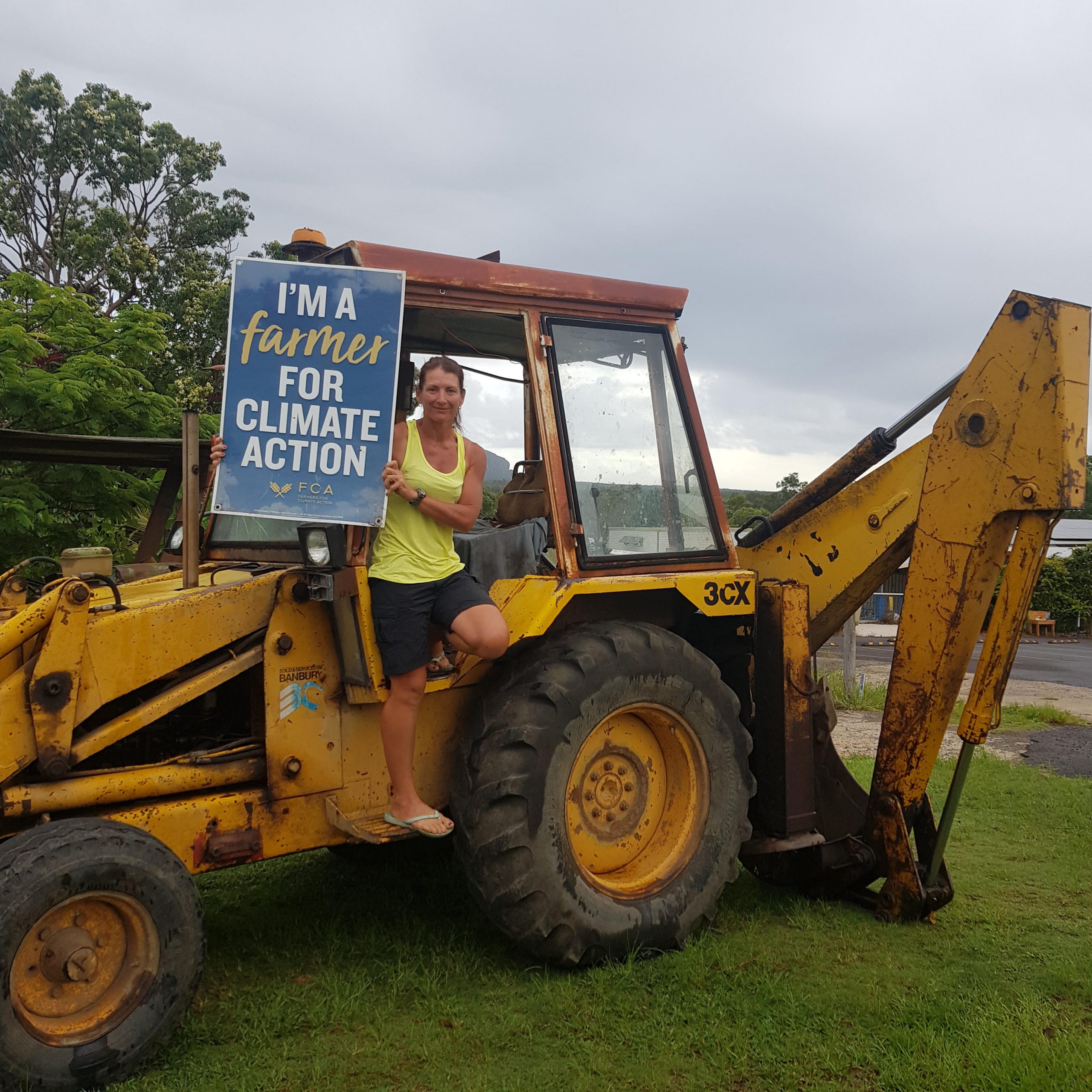
”A strong Regional Resilience Hub Network is a vital resource for farmers to be able to access information and ideas on how to help bring our farms inline with our climate smart goals. No longer can we just look to our neighbours to see if the grass is greener. With this tool we can now look country wide, sift through ideas from many avenues to come up with a climate smart plan for our farms.
Kerrie McMartinSunshine Coast farmer and Farmers for Climate Action supporter
”The Regional Resilience Hub Network is an essential component of the Regional Horizon's plan. It will connect those of us who make up a community in a way that will enable us to respond and adapt to the wide ranging changes that can have such an impact on people that are already interconnected by place. Bush fires, floods, droughts, crop failures, commodity price collapses: we have all seen the impact that events like these can have on our communities. While Australia's regions are famous for our capacity to weather challenges, by being well connected in terms of information, communications, the ability to share knowledge and experience, we will be able to do this even better in the future. And we will do it against the background of a healthy environment, with a deep understanding of our own nature and that of the land and people around us. This will enable true resilience, not just resistance to change.
Dorothy HendersonEsperance farmer and Farmers for Climate Action supporter
A Regional Energy Transition Program
Investment: $200 million
Australia is presented with a once-in-a-generation chance to revitalise regional communities and become a global energy superpower through the sustainable use of our abundant natural resources.
Today, construction of large-scale renewable energy developments currently employs nearly 11,000 Australians, most of whom are in rural and regional areas. Looking ahead, the Clean Energy Council finds that strategic investment in clean energy in the post COVID-19 economic recovery period will lead to the creation of 50,000 new jobs in the construction phase, and inject $50 billion injection into the Australian economy — mostly in rural and regional areas.
The Regional Energy Transition Program aims to address the current ad hoc approach to energy transition and to position Australia as a global leader in the post COVID-19 economic recovery.
This work must include:
- Community-led regional energy transition planning, focusing on regions currently dependent on ageing energy technologies and infrastructure, including Collie WA, Central QLD, and both the Hunter and Latrobe Valleys. This coordinated national approach would enable communities to plan for their sustainable futures: identifying opportunities and giving communities greater ownership in the shift to clean energy.
- Renewable futures empowering communities through energy choices, via community-based large-scale renewable energy. Microgrids and new, cheaper battery storage enables farming communities to share benefits, bargain collectively, and co-invest with the private sector. Community-based large-scale renewable energy is a proven way to generate jobs, revenue, social capital, and innovation in regional communities. However further work is needed to overcome constraints on future growth opportunities: including transmission and connection challenges, policy, regulatory, resource challenges and financial barriers.
- Growing agriculture through clean energy, Across Australia, farmers have been quick to join the new energy revolution. Clean energy offers farmers the opportunity to reduce costs, generate new low-risk income streams and employ locals. Well-designed solar, wind and other set-ups can make good use of marginal or degraded land and create local employment. The Regional Energy Transition Program, working through the Regional Resilience Hub Network, would build the capacity of primary producers to realise new energy opportunities financed by the Clean Energy Finance Corporation.
A Regional Energy Transition Program will deliver:
- Microgrids and new, cheaper battery storage enables farming communities to share benefits, bargain collectively, and co-invest with the private sector
- Jobs, revenue, social capital, and innovation in regional communities.
Further work is needed to overcome constraints on future growth opportunities, including transmission and connection challenges, policy, regulatory, resource challenges and financial barriers - A smarter, more diverse and decentralised energy economy underpinning resilience in the regions
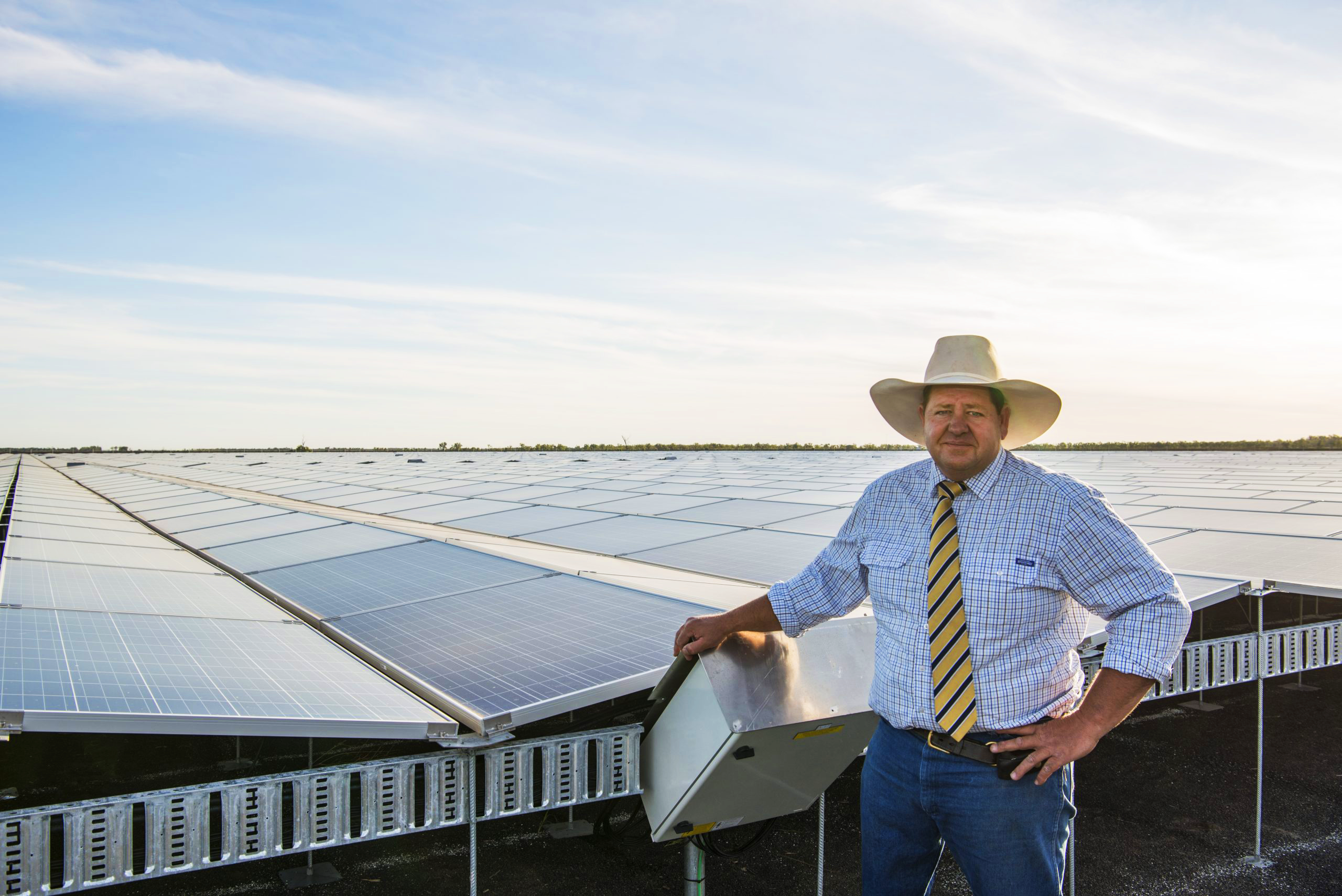
”There’s no one-size-fits-all approach for regional Australia, be it micro-grids, embedded local networks, grid-connected renewable energy resources or off-grid projects. But, there is a huge opportunity here to boost local economies and create new job opportunities through a decentralised electricity system that generates and shares energy with the local regional community ... A regional energy transition plan will be key in providing confidence and a framework for regional communities to participate.
Peter MaillerBoggabilla farmer and Farmers for Climate Action supporter
”If the whole community feels that they are part-owners of any new renewables project and are financially involved, then the whole argument about how many turbines or solar panels we have would be tipped on it's head ... Ideally, this should be an equity sharing arrangement, not just a "royalty" payment, and it should be spread as widely into the community as possible, without compromising the financial stability of any particular project. This is called "benefit sharing" and the model will be different in different communities. ... A regional energy transition program that does this is a no-brainer!
Charlie PrellCrookwell farmer and Farmers for Climate Action deputy chair
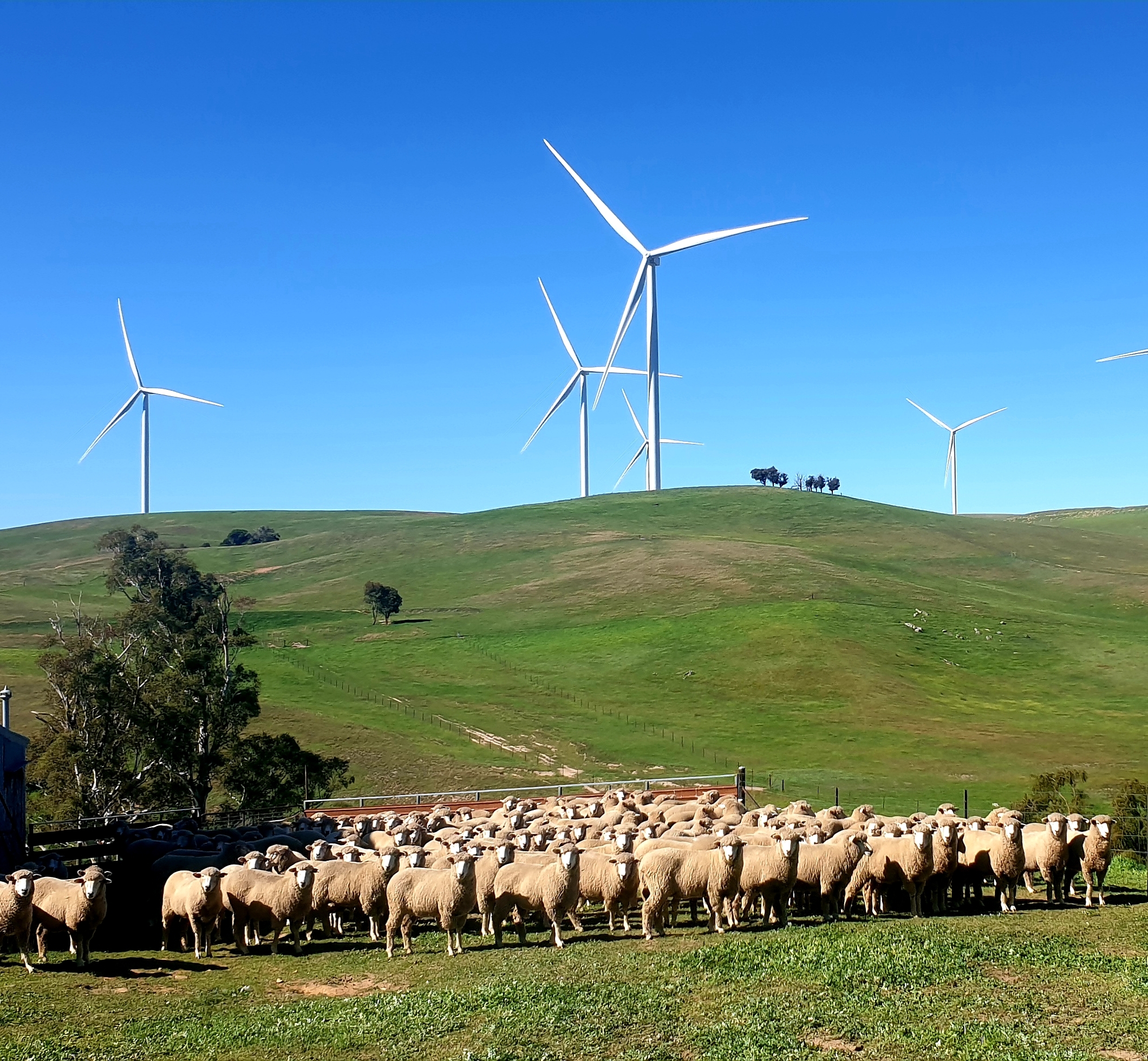
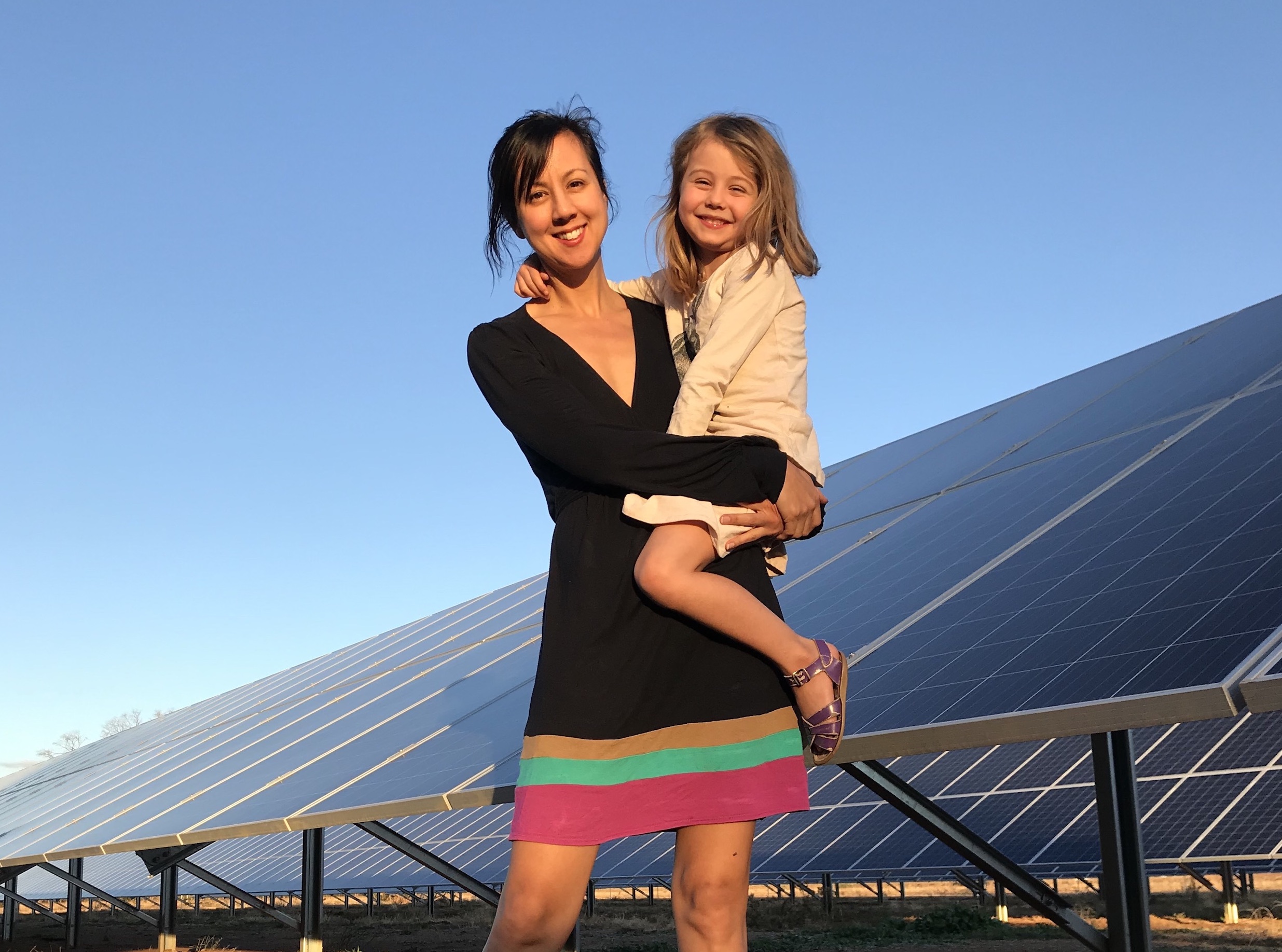
”For sunny, land-rich regions like ours, which have been hit by years of drought, the development of large-scale wind and solar projects can breathe new life and economic activity into local towns. They provide an important secondary income for farmers, give people control over their own power generation and reduce emissions, which worsen climate change.
Karin StarkNarromine farmer and renewable energy advocate
Looking forward
From bushfire to pandemic, the first six months of 2020 have highlighted both the fragility and strengths of our systems and the importance of a proactive and coherent response. Yet even as the COVID-19 curve flattens; as a nation we’re staring down the barrel of a far greater challenge than we have ever experienced. The McKinsey Global Institute has warned:
‘[A] global climate crisis… could prove far lengthier and far more disruptive than what we currently see with the coronavirus (if that can be imagined).’
In 2020, Australia faces critical choices about our future. Where do we want to be in 2030?
A leader among nations, a global superpower with abundant cheap and clean energy available for consumers and business, and assured of our food security through proactive approaches to climate change, landscape management and regeneration, and sustainable intensification? Or wedded to the past; a global pariah, dependent on last century’s fossil power, leaving our farming communities exposed to an increasingly hostile climate—on top of everything else?

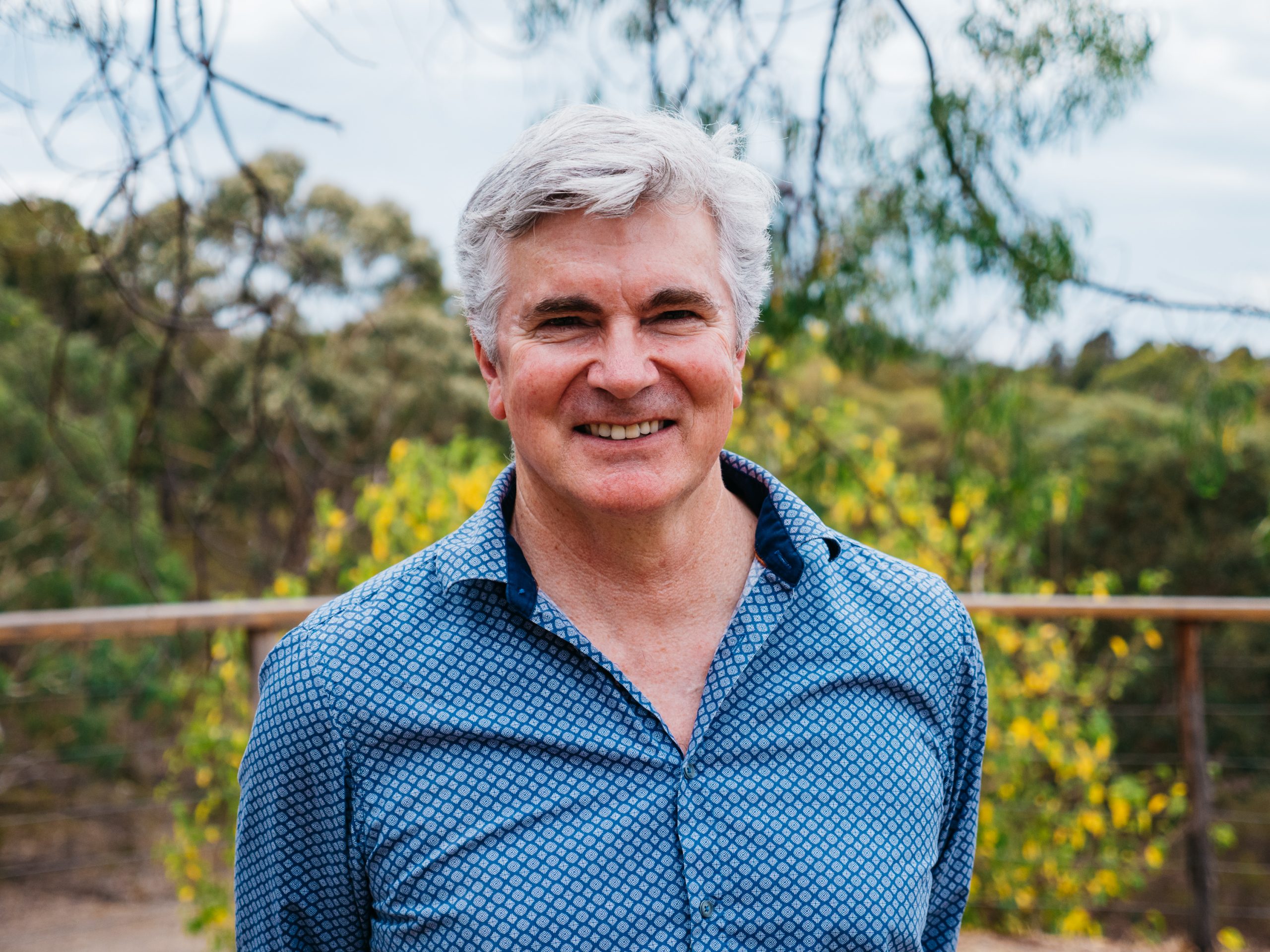
”Every bit of warming matters.
Professor Mark Howden and Dr Rebecca ColvinAustralian National University
Every year matters.
Every choice matters.
Thank you
Thank you to all those who generously participated in the review of this proposal, including:
- Professor Bruce Chapman, Australian National University
- Assoc Prof Lauren Rickards, RMIT
- Dr Alex Ball, University of New England
- Anna Skarbek and Eli Court, ClimateWorks Australia.
- Professor Tom Kompas, University of Melbourne
- Corey Watts, BrightWater Consulting
- Philip Gardiner
- Dale Park
- Dorothy Henderson
- Karin Stark
- Mike Hayes
- Peter Mailler
- Rob Lee
- Jody Brown
- Charlie Prell


